Content creation has taken me out of poverty, I was struggling financially and I personally know more than 11 people who are each making a living off as a content creator in south africa. I have half a decade in this business so I can confidently say it’s not too late for anyone to start creating content as a side hustle or full-time. But there are things you need to know first before even trying anything.

South Africa, with its diverse culture, unique stories, and growing online presence, offers a fertile ground for aspiring content creators to succeed. Understanding the types of content creation will make a building block for your target audience, and the platform you are going to be creating content on. This guide aims to provide you with a simple but important roadmap on how to get started with content creation and monetize your efforts to make income from it.
Types Of Content Creation
Content creation involves different ways to share information, entertain, educate, and connect with people. It uses a mix of these types to reach different people and different platforms. The choice of content type depends on the creator’s strengths, the audience’s preferences, and where the content will be shared. Here are the main types of content creation:
- Written Content:
- Articles and Blogs: Written pieces that share information, thoughts, opinions, or stories on different topics.
- Guides and How-Tos: Detailed instructions to help people complete tasks or learn new skills.
- News and Updates: Updates on current events or industry news are presented in writing.
- Ebooks and Reports: Longer written content that goes deep into specific subjects, often used for teaching or sharing knowledge.
- Visual Content:
- Infographics: Visual displays of data or ideas to make understanding easier.
- Images and Photos: High-quality pictures that convey messages or enhance stories.
- Memes and GIFs: Humorous or relatable images and short animations.
- Illustrations and Art: Drawings or digital art used for storytelling or visual appeal.
- Presentations: Visual slides used for sharing information or teaching.
- Audio Content:
- Podcasts: Recorded audio episodes on different topics, like interviews, stories, or learning.
- Audio Books: Recorded versions of written books for listening on the go.
- Music and Soundtracks: Original compositions or playlists that create a certain mood.
- Voiceovers: Spoken commentary accompanying videos or presentations.
- Video Content:
- YouTube Videos: Videos on YouTube cover everything from tutorials to entertainment.
- Vlogs: Video diaries where people share their daily lives or thoughts.
- Educational Videos: Tutorials, explanations, or lessons on different subjects.
- Short Films and Documentaries: Creative storytelling through video, often with a narrative or informative aspect.
- Live Streams: Real-time videos for events, discussions, or Q&A sessions.
You are not limited to doing 1 or 2, you can do all the types of content in the same platform if applicable or just use different platforms. This helps you diversify your content reaching even more people and earning more money.
Steps To Become A Content Creator In South Africa

Here’s a simpler version of the 7 steps to becoming a successful content creator based on the provided information:
Step 1: Understand Yourself
Before you start creating content, know what kind of content creator you want to be. There are two main types: those who teach and those who entertain. Think about which one fits you better and aligns with your values.
Step 2: Pick Your Niche
Choose what you want to talk about. It’s important to focus on something you’re really interested in. Here is a list
- Beauty and Makeup
- Fitness and Health
- Fashion and Style
- Travel and Adventure
- Gaming and Entertainment
- Technology and Gadgets
- Parenting and Family
- Food and Cooking
- Lifestyle and Personal Development
- DIY and Crafting
- Finance and Money Management
- Educational and How-To
- Comedy and Entertainment
- Pets and Animals
- Environmental and Sustainability
This could be anything from technology to fitness to more unique topics. The more specific you are, the more people will notice your content.
Step 3: Create Your Style
Make your content special by having your own style. This includes things like the music you use, how you edit your pictures, and your personal tagline. Your style is like your signature and helps you stand out.
Decide where you want to put your content. Different places work better for different kinds of content and audiences. For example, if you want to reach young people, Instagram and TikTok are good options.
Step 5: Plan Your Content
Keep making content regularly. Create a plan that says when you’ll make new content and when you’ll share it. This helps you stay consistent and avoid getting tired or overwhelmed. If you want to start a blog here is a guide to create a blog WordPress site.
Blog Posting Schedule Planner Example
Month: August 2023
| Date | 🚀Topic | ✍️Outline/Notes | 📚Draft | 🪝Edit | 💻Finalize | 💵Publish |
|---|---|---|---|---|---|---|
| 1 | Setting Financial Goals | Discuss the importance of clear financial goals. Provide tips on how to set achievable goals. | Draft | Edit | Finalize | Publish |
| 6 | Budgeting Basics | Introduce budgeting as a fundamental financial tool. Break down the steps to create an effective budget. | Draft | Edit | Finalize | Publish |
| 10 | Credit Score Management | Explain what a credit score is, why it matters, and how to improve it. Share common credit score myths. | Draft | Edit | Finalize | Publish |
| 15 | Emergency Funds | Discuss the importance of an emergency fund. Provide guidance on how to build and maintain one. | Draft | Edit | Finalize | Publish |
| 20 | Investing for Beginners | Introduce investing to beginners. Cover basic investment types, risk assessment, and getting started. | Draft | Edit | Finalize | Publish |
| 25 | Paying Off Debts | Offer strategies for paying off debts efficiently. Include the debt snowball and avalanche methods. | Draft | Edit | Finalize | Publish |
| 30 | Saving on Taxes | Explore legal ways to save on taxes, such as tax deductions and credits. Provide tax planning tips. | Draft | Edit | Finalize | Publish |
Notes:
- Make the table longer from day 1 up to day 30/31
- Fill in the “Month” field at the top.
- For each day of the month, decide on a topic, create a brief outline or notes for the post, and track the progress through the draft, edit, finalize, and publish stages.
- Customize the schedule to fit your needs, such as the number of posts per week or the specific tasks you do during each stage.
Feel free to print this template or create a digital version using tools like spreadsheets or task management apps. This planner should help you stay organized and consistent with your blog posting schedule. But not only on a blog, you can also use it on YouTube/ TikTok video planning.
Step 6: Get What You Need
You don’t need fancy stuff at the beginning. Just have the basics like a good camera or editing software. Later, as you get better, you can think about getting better tools.
Step 7: Look at How You’re Doing
See how people are reacting to your content. Look at things like how many people are watching or sharing your stuff. This helps you know what’s working and what you could do better.
By following these steps, you’ll be on your way to becoming a successful content creator. Remember, it takes time and effort, so stay true to yourself and have fun along the way! Your unique voice can really make a difference.
Monetizing Your Content
Earnings vary based on content type, audience size, and monetization methods. Here are a few examples:
- YouTubers: High-profile creators like PewDiePie earn millions annually from ads, sponsorships, and merchandise.
- Instagram Influencers: Celebrities like Kylie Jenner earn up to $1 million per sponsored post.
- Podcasters: Joe Rogan’s Spotify deal is worth around $100 million.
- Bloggers: Pat Flynn earns around $2 million per year from affiliate marketing and courses.
But you may have noticed that this huge meaning is for people who have been doing content creation for a long time. How about when you are still a nobody, with small followers or subscribers? Here is how much South African YouTubers with 1k Subscribers make
How Much Do YouTubers with 1k Subscribers Earn
For beginners, initial earnings might be modest:

- Ad Revenue: With 1,000 subscribers, videos could earn around $1 – $10 per video through ads.
- Sponsorships: Opportunities for small sponsorships or collaborations may arise.
- Merchandise and Donations: Supplementary income sources as your following grows.
- Affiliate Marketing: Potential for additional income through product referrals.
Remember, success takes time and effort. Growing your unique voice in the content creation landscape can make a significant impact.

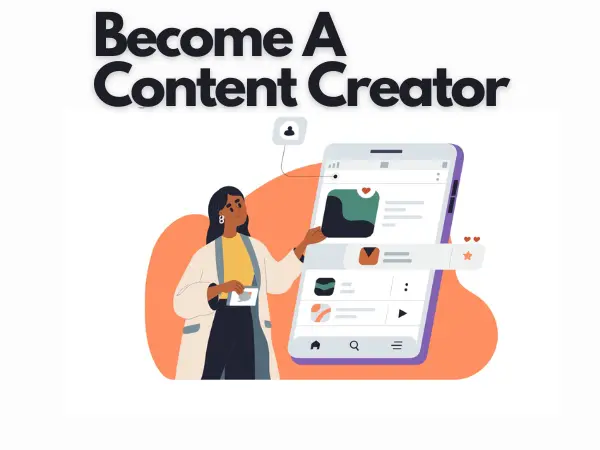


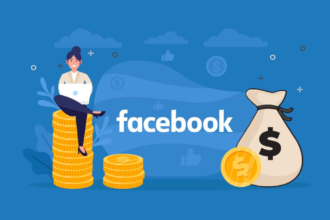
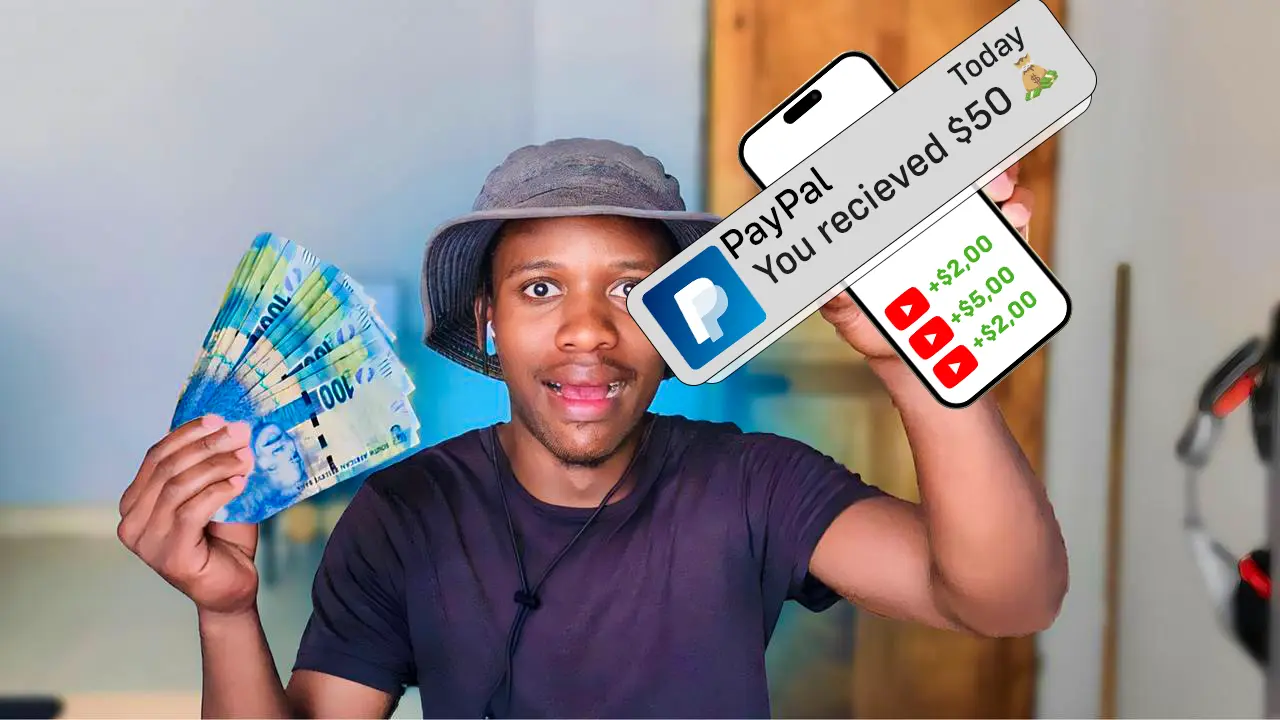

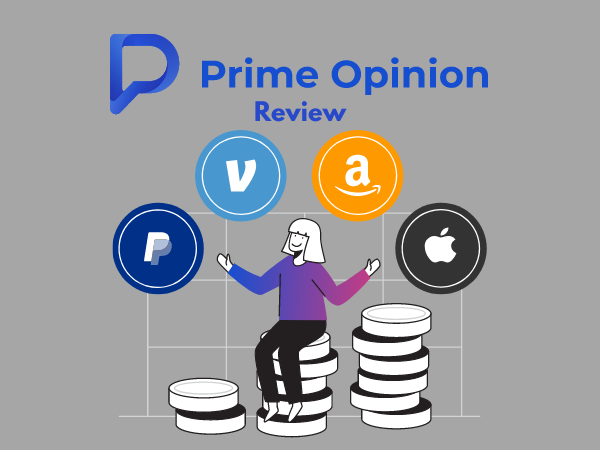
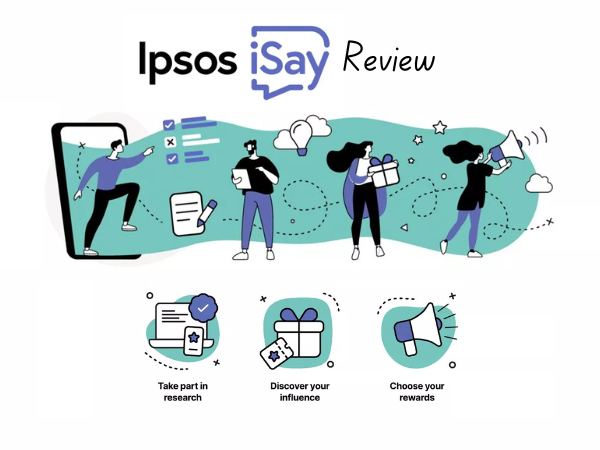
One Comment